Cybersecurity beyond VPN: an inside look at NordVPN’s Threat Protection
NordVPN and its parent company Nord Security may have started out with a VPN but over the years they have expanded their cybersecurity offerings to include a password manager , an encrypted cloud storage service, a network access solution and even tools to help others build their own VPN services. However, NordVPN has once again upped the ante with the recent launch of its new Threat Protection feature which goes beyond what a VPN normally does.
Now when NordVPN users open their VPN client, they can enable Threat Protection to protect themselves against a variety of cyber threats by blocking trackers, phishing attempts, intrusive ads, malicious websites and files infected with malware . To learn more about why the company decided to further expand the scope of its VPN software, TechRadar Pro spoke with product strategist at NordVPN, Vykintas Maknickas who gave us the lowdown on Threat Protection and how it differs from a traditional antivirus .

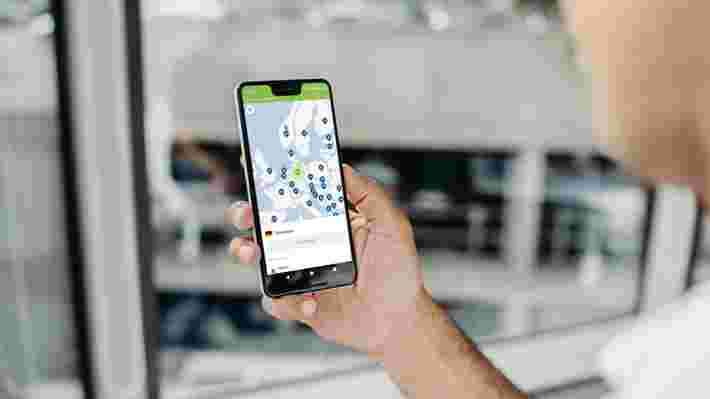

iPhone Flip: here's everything we know so far
We've been hearing rumors about the iPhone Flip for a while now, but that doesn't mean the rumored Apple-built foldable phone is anywhere near ready to ship - just that the tech gadget world is eager to see what the Californian giant's first such mobile will look like.
Foldable phones are rapidly coming in vogue, with Samsung's popular mobiles like the Galaxy Z Fold 3 and Z Flip 3 getting joined by rivals from Huawei, Motorola, Xiaomi, Oppo, Honor and more, and it's only a matter of time before Apple joins the crowd.
How long Apple has been working on a foldable phone – which may end up being called the iPhone Flip, or maybe iPhone Fold depending on its form factor – is unclear, but the tech giant infamously keeps its projects under wraps until it’s ready to reveal them.
Likewise, Apple has typically taken its time releasing its own take on new devices, so we weren't surprised the iPhone Flip or Fold didn't debut alongside the iPhone 13 in September 2021 - maybe it'll come alongside the iPhone 14 , but we're not holding our breath.
But getting a foldable phone with a level of Apple polish sure is enticing. Only a few of the devices have been widely released, and phone makers haven’t ironed out some of the bigger issues, like display durability and battery life.
There’s the old sentiment that the age of the smartphone didn’t truly arrive until the first iPhone came out in 2007 – and while that oversimplifies phone evolution, it also speaks to how much Apple’s product designs influence types of devices.
For better or worse, there’s a reason we have widespread facial recognition but far fewer headphone jacks, for instance. But the resulting Apple product will very likely be the most refined version of a foldable we’ve yet seen.
Here’s everything we’ve heard – which, right now, isn’t much – and what we’d like to see in a foldable iPhone.
Cut to the chase
Foldable iPhone release date and price
One source suggested we wouldn't be seeing a foldable iPhone until 2023 at the earliest, and that report even suggested it may be later than that as well. Indeed, we've since heard from another couple of sources that the iPhone Fold won't land until at least 2025 .
So we may be a ways off from a commercially-available foldable iPhone – but given how well the company keeps its new designs under wraps, the device could be farther along than we suspect.
We also don't know how much this is set to cost when it does land, but considering a lot of foldable phones costs well over the $1000 / £1000 / AU$2000 you should expect it to be a high price to pay.
As for the name, we've only heard rumor that it could be called the iPhone Flip, likely referring to the Galaxy Z Flip-like patents we've seen that hint at a clamshell folding format.
Foldable iPhone leaks and rumors
At this point, foldable iPhone rumors fall broadly into two camps: one which suggests the device will have a true folding display, and the other suggesting two distinct screens separated by a hinge.
Several designs were revealed in a patent dump back in February 2019, some with a large display on the inside of folding sections with a single hinge, while another had two hinges for a hypothetical three displays that fold in on themselves in a Z-shaped formation.
Other patents, like the one discovered in March 2020, reveal Apple could be working on a foldable with two distinct displays separated by a hinge. While the patented design suggests the tech giant would attempt to minimize the bezel between the screens as much as possible, it would still be more noticeable than a truly folding long display.
That’s what leaker Jon Prosser suggested on Twitter: Apple’s current foldable iPhone design has two separate display panels on a hinge.
While it’s purportedly just a ‘current prototype’ and not a final design, it’s described as having rounded edges like the iPhone 11 , unlike the squared-off edges on the iPhone 12 and iPhone 13 ranges.
There’s also no notch for front-facing cameras: the sensors checking Face ID will be housed in a ‘tiny forehead’ on the outer display, according to Prosser.
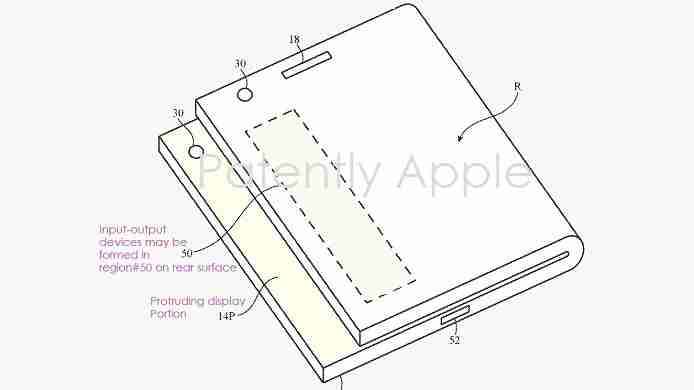
This matches a later Prosser leak that suggested the iPhone Flip may come in a clamshell shape - similar to the Motorola Razr 2020 or the Samsung Galaxy Z Flip - and the same source said it'd be sold in "fun colors".
We think that means you can expect some bold shades for the iPhone Flip when it lands.
We've seen another image of what the foldable iPhone could look like thanks to another patent, this one showing a device that folds out into a bigger device like the Samsung Galaxy Z Fold 2 .
This device, which we're dubbing the iPhone Fold, has one display that's longer than the other, so when it's folded shut you can see your notifications to one edge.
A separate leak suggests this folding iPhone could come with Apple Pencil support , and have a display measuring 7.3-inch or 7.6-inches across.
We'd expect Apple to make a clamshell device first, but something like this could be on its way too.
Apple's foldable phone might also have a protective layer on top of the screen that can defend against cracks and fill in pre-existing micro-cracks, to help avoid fractures. Apple has a patent for this tech , so it's certainly at least something the company is toying with.
Elsewhere, an Apple patent details a slim yet strong hinge that could be used with a smartphone with a flexible display. This doesn't tell us much but it's more evidence that an iPhone Fold or iPhone Flip might be in the works.
Plus, one report also suggests that Apple has two foldable iPhone designs that have already passed durability tests. That doesn't mean this will be happening any sooner, but it's a good sign that Apple is on the right track.
iPhone Flip: five things we’d like to see
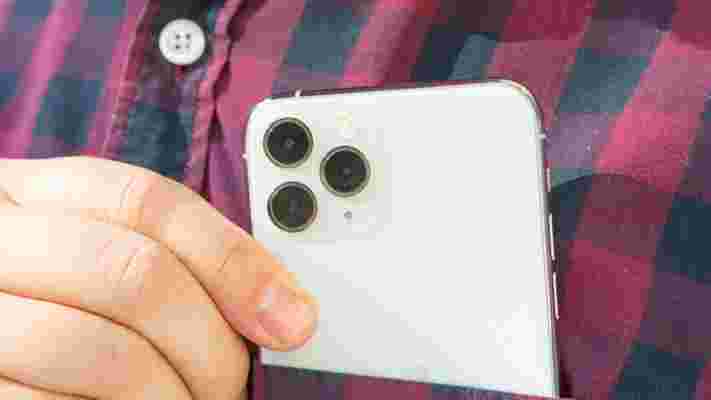
1. Top-tier cameras
Foldables bridge the gap between phones and tablets, but the ones we’ve seen released, like the Samsung Galaxy Fold and Huawei Mate Xs , have packed the best cameras featured on those brands’ other flagship phones.
While there’s no reason to guess Apple wouldn’t do the same, the tech giant hasn’t bothered to upgrade the cameras on its iPads in generations. Given the iPhone SE 2020 didn’t seem to improve on the lens of its predecessor, the iPhone 8 , we could see Apple save costs by opting to give its foldable iPhone a single camera instead of the full suite seen in the iPhone 11 Pro and 11 Pro Max .
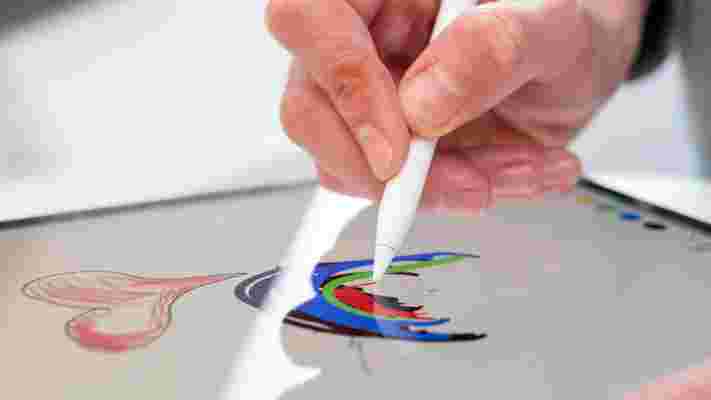
2. Apple Pencil support
One way Apple could surpass other foldables: introduce Apple Pencil support. While we expected Samsung to introduce stylus integration with its foldables, rumors have gone back and forth over whether the upcoming Samsung Galaxy Fold 2 will pack an S Pen stylus (seen in the Galaxy Tab S6 and Galaxy Note 10 ).
Given how the Apple Pencil 2 attaches magnetically to the newest iPad Pro tablets, we’d love to see how Apple’s styluses could be integrated with its foldable iPhone.
3. The old Apple polish
Yes, we'll say it: even though the first round of foldables have been impressive for simply pulling off folding screens, they’ve come with design weaknesses, from hinge issues to cracking screens. We’d love to see a design that makes everything move smoothly and stand up to punishment.
Not that Apple’s lineup is unimpeachable, as crackable iPhone displays, malfunctioning butterfly keyboards , and battery -throttling on older iPhones have shown. But in looks and function, at least, Apple has maintained a reputation for sleek and functional design.
4. iPadOS integration
When iPadOS split off from iOS, we got excited for the possibilities of a new operating system forking off to truly take advantage of iPad screen real estate. Thus far, we’ve been pretty pleased with the multitasking features that let us pull up multiple apps at the same time, which we’ve found personally handy in writing in Google docs while looking up stuff in Safari, for instance..
We’d love to see a version of the OS in the foldable iPhone for the same reasons, though of course, there’s a lot of unknowns. Will the device’s display be large enough to properly handle the iPadOS controls? If it expands to 7.9 inches, the size of the iPad Mini’s screen, it conceivably could be able to, but until we know what the foldable will look like, it’s unclear how good a fit iPadOS will be.
5. Strong battery life
Foldable phones like the Galaxy Fold and Huawei Mate X have had respectable battery life for first-generation devices, but we’d like more in Apple’s take on foldable phones. iPhones in general aren’t known for lasting longer than a day, and flagships from Samsung and Huawei pack larger-capacity (in sheer milliamp Hours) batteries that seem to take them past the one-day mark handily.
We’d like Apple to use the extra device space to keep its own foldable last longer than the competition.
24 years ago, Steve Jobs made tech sexy again
Tech is sexy, or at least it can be, and that's mostly thanks to Steve Jobs and the iMac, which was unveiled 24 years ago this week.
Your options for home and office computing in 1998 were dull and duller. So-called white-box PCs dominated the personal computing landscape. They were invariably white or beige rectangles, featuring multiple removable storage slots, a grill to let some air move over the large motherboards, and giant CRT monitors balanced on top of them. The keyboard and mouse were rote efforts that got the job done.
The iMac's unusual design came out of dire necessity, not just to shake things up in a dull-as-dishwater industry, but to save Apple from the dust bin.
Steve Jobs rejoined Apple just a year or so before unveiling the first iMac. The plan, as Walter Isaacson explained in his Steve Jobs biography , was to build "an all-in-one product with a keyboard and monitor and computer ready to use right out of the box. It should have a distinctive design that made a brand statement."
With its curvy, no-sharp-corners- design, candy-colored translucent back, forward-facing stereo speakers, small keyboard, and perfectly round mouse, the iMac accomplished all that and more.
While almost any brand computer across the entire Windows PC industry in 1998 could hardly be picked out of a lineup, there was no mistaking the iMac as anything but an Apple product.
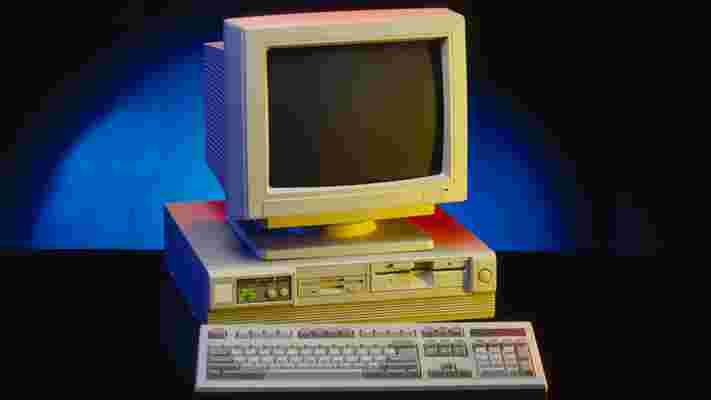
The iMac was not just a distinctive product, it was a statement of intention. Apple would, as it had done almost fifteen years before, Think Different, casting aside the known and comfortable for the exciting, eye-catching, and special.
To Apple and Job's credit, the first iMac was not just a sexy package, Apple took risks on the component side, as well. It had a PowerPC processor (co-developed with IBM and Motorola), but didn't have a floppy drive. At the time, every single PC worth desktop space (and many laptops) had a 3.5-inch floppy drive. Apple did away with it and inside only included a CD-ROM drive. The iMac introduced the still then relatively new USB port to the Apple audience (no previous Mac had one).
Apple also pushed the envelope with connectivity, introducing the 56K V.90 modem, a connectivity option so new that many ISPs weren't ready to connect to it. And in a nod to the original Macintosh, the iMac even had a handle that let you carry the somewhat bulky computer around.
Jobs intended the new iMac (which came in five different candy-colored options - another first in the PC space) to be a consumer device. But sales were swift and I can remember them popping up all over offices in 1999. In fact, a design team I worked with back then insisted that we only buy them new iMacs.
The iMac turned on a generation of technology consumers in ways few products had done before. It gave us license to get excited not just about what technology could do, but how it could look and feel. Most competitors were slow to get the message, but not Apple.
In the years that would follow, Apple would unveil one iconic product and product design after another. In the iBook, iPod, iPhone, and iPad we would see echoes of the iMac's inspiration. Not that all the products looked like the iMac. They didn't. In fact, the next iMac , which featured an LCD display, looked nothing like that first design but the DNA of that approach, of emotion-eliciting design first, was clear.
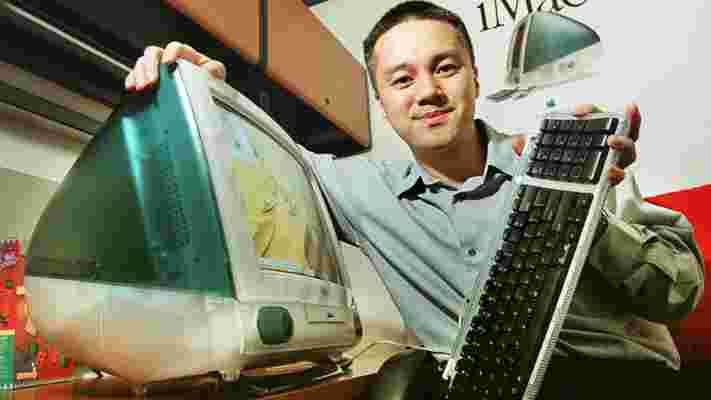
Apple pulled back a bit from allowing form to totally override function. Current Apple designs are now marked by both their simplicity and beauty. Where the original iMac might've been accused of overdesign, a Mac Studio might be said to have almost no design at all.
That wouldn't be true, though. As I see it, every Apple product is still designed to elicit a response – much like a car you see driving down the road. You can't touch it as it races by at 70 mph, but you saw it, remember it, and have an opinion about it.
Without the original iMac, our laptops would still be ugly, boxy extensions of their desktop counterparts. Tablets might have square edges. Our phones might look more like, well, phones instead of smooth, glossy slabs.
Every bit of technology we touch is built in the shadow of the first consumer electronics technology design to break the mold since the original Mac. Few seemed to learn from that 1984 product, but the industry got the message in 1998, and nothing, thankfully, has been the same since then.